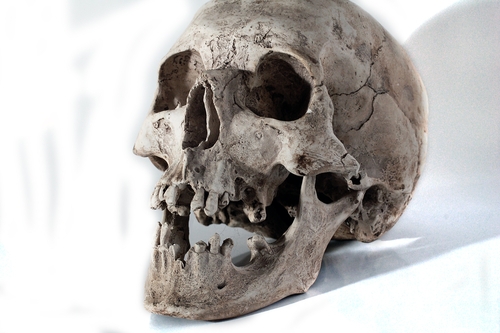
So, your Trustee is dead? First, I sympathize with you and your family. Second, lets assume the trust was valid.
Generally, these are the next couple of steps:
- Read and follow the trust document(s),
- Comply with Minnesota’s Duty to Inform and Report, and
- Consider whether general and specific powers of a trustee are applicable.
Trustee is Dead: Do this while Alive
If at all possible, I believe every trustee should have a backup plan. In other words, have a conversation with the back-up trustee or successor trustee.
During this conversation, make sure they are willing and able to step into the role when called upon. If at all possible, keep accurate notes to help the back-up trustee step into your shoes.
Trustee is Dead and I am the Backup
For those stepping up because the trustee before them has since died, I think engaging professional advisement is always prudent. After all, being a trustee is a lot of work. And, having advisors like a financial planner, accountant and attorney can reduce problems.
Trustee is Dead and I do Not Know What to Do
Not knowing how to proceed is a common fear. In my experience, the most surprising part is how much time the position of trustee can require. Whether this means running mom to the doctor, paying her bills, keeping the house up or making sure her taxes are filed, it is an administrative task like none other.
On the other hand, it is a lot easier than running to and from a probate court. For this reason, a trustee that is no longer able to render services is a good problem to have.
Am I Liable when my Trustee is Dead
Here is the number one reason to jump on the transition process for a trustee: liability. Yes, trustees can become liable for errors and tardiness.
Thus, the transition process should be engaged immediately.






